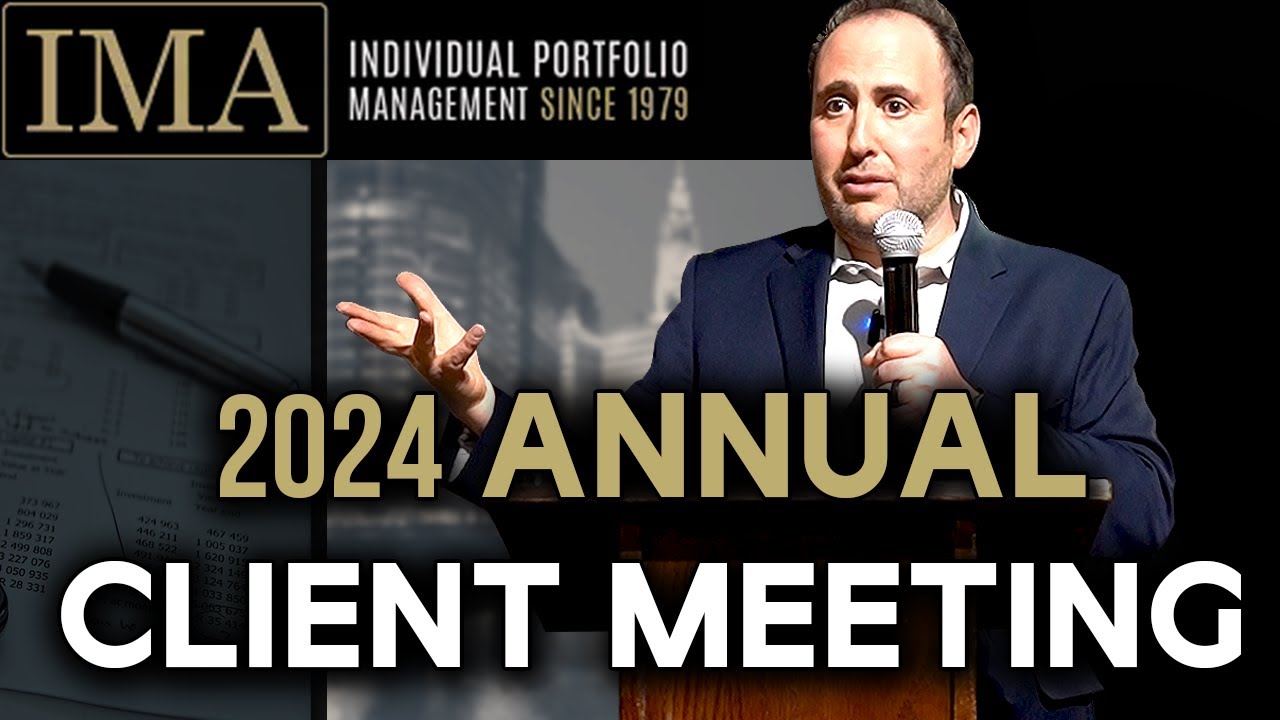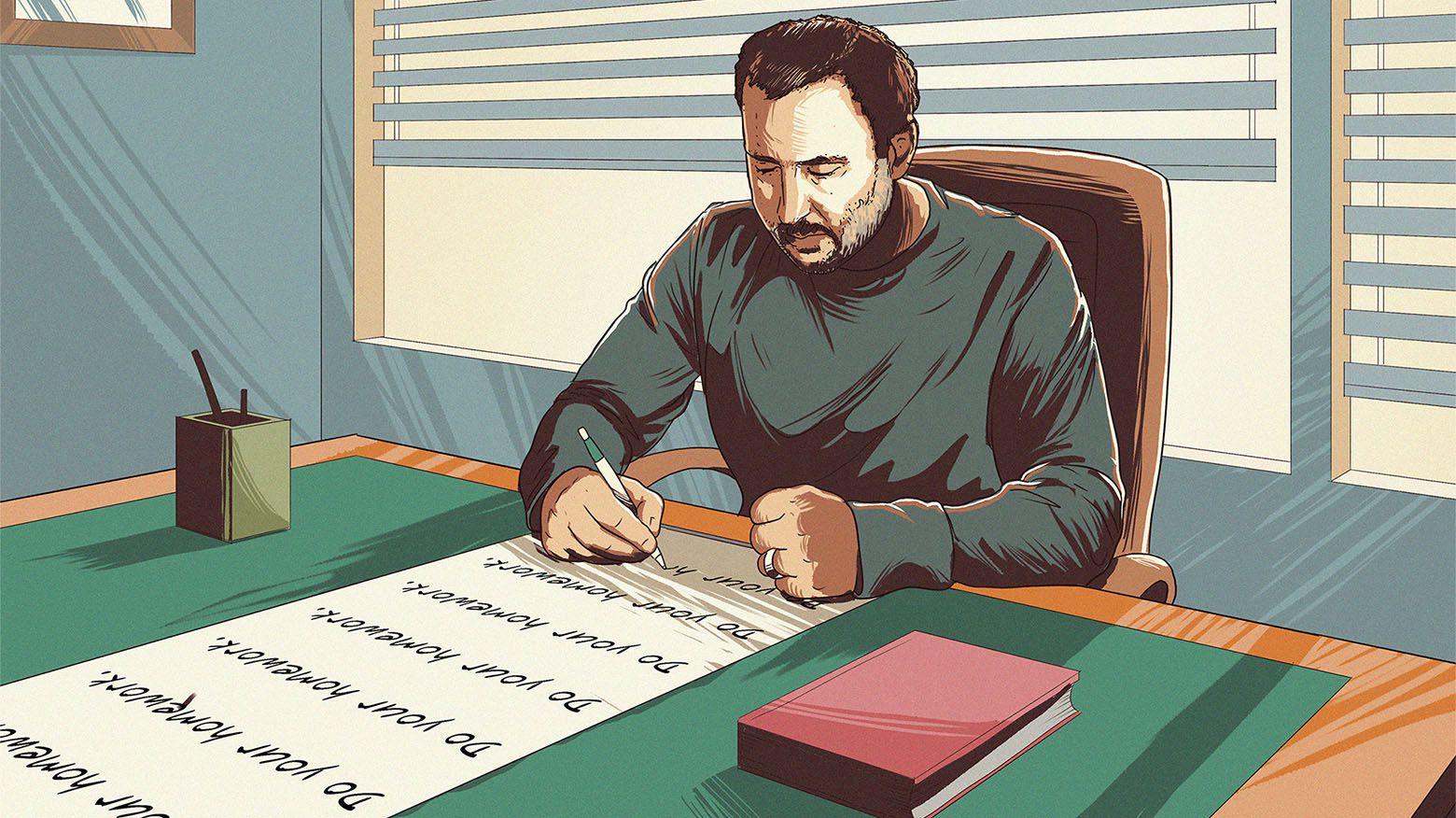This is an excerpt from my Winter Client letter 2022.
I am very pessimistic about the returns from the average US stock over the next decade or two. If you owned index funds over the last decade, you were richly rewarded by the stock market.
It is time for the payback.
Investors who own index funds have likely strapped themselves into a giant roller coaster which, to this point, has only gone up. Over the next decade or two they will experience an exhilarating ride filled with mini bull and bear markets, but at the end of the journey they will not be far from where they started.
John Wiley & Sons, publisher of The Little Book of Sideways Markets approached me about re-releasing this book. With the benefit of hindsight, the thesis of the book is more relevant today than when it was published in 2010.
Let me explain.
We are coming off a tremendous bubble. Though valuations of dotcom 2.0 and tech stocks got crushed, the market is still very expensive.
When you own a stock, your returns come from two sources: appreciation of the stock and dividends. The same logic applies to the stock market – after all, the stock market is just a collection of stocks. The average dividend yield of the stock market today is about 1.7%.
If you deconstruct price appreciation, it comes from two sources: earnings growth and/or price-to-earnings growth.
We need to take an important detour into second-grade math.
As of this writing, the S&P 500 is at $3,850 and earnings estimates for 2022 are around $200. This means that the average stock in this index is trading at approximately 19x earnings, which is a high number, especially in the current rising-interest-rate environment, but not insane (the historical average is around 15x). I am using the S&P 500 as a proxy for the stock market. It is anything but a perfect proxy, but it is easy to find current and historical data for this index, and we will still reach a vaguely correct conclusion.
What really worries us is the “E” in the P/E ratio.
Another way to think of the “E” is that it is sales multiplied by profit margin. Here, I will be using data for the full economy that the US government has been tracking since 1947. Therefore, gross domestic product (GDP) is the sales of the economy. Currently, profit margins are 11.5%, down from 12.1%, which was an all-time high just a few months ago.
Over the last 75 years, corporate profit margins have averaged about 7.1%.
Over the last 30 years profit margins were 8.2%.
Profit margins in the past were one of the most mean-reverting figures in finance. They mean-revert because capitalism works – excess profits eventually get competed away. Of course, the composition of the economy has changed tremendously over the years – a lot of production has been shipped overseas and the US is more of a services economy today than it was in the past.
In the 1980s, profits averaged 5.3%, in the 1990s 5.7%, and in the first decade of the century they were 7.9%.
I don’t know where they are going to settle, but…
If profit margins settle at the level of the past decade, at 10.2%, then the market will be trading at about 22 times earnings. However, over the last decade corporate profits have benefited tremendously from globalization, low (near-zero) interest rates, and the Trump tax cuts.
Knowing what we know today, it is unlikely that profit margins will remain at their recent elevated levels. Globalization is rapidly reversing, corporate tax rates are likely to go updue to our government debt being at the highest level since WWII, and nobody knows where interest rates will be. If they decline, it is because we are in a recession, which is not good for profit margins. If interest rates stay at this level or, even worse, increase, this will be taking place when corporate debt to GDP is at the highest level ever!
If margins return to their former levels, we may find that the earnings power of the S&P 500 is $91-$143 per share, or in other words, stocks are trading 27-42 times earnings. Very expensive!
It gets worse. When debt increases, it is the fuel for economic growth; conversely, high debt sucks the oxygen out of economic growth. Thus, it is likely that our economy will grow at a slower pace over the decade or two than in the past.
As P/Es stop going up, investors who got used to making money by the bucketload will get dispirited with returns from stocks and start losing interest in them. This is why P/Es embark on a long, often multi decade journey of decline. This decline chips away at earnings growth, which is likely to be lower (in real, after-inflation terms) than in the previous two decades. As I mentioned above, this is why the stock market may levitate a lot, bounce up and down (you’ll have mini bull and bear markets), but decades later you end up at the same place you started.
Now you can see why my Little Book of Sideways Markets is even more relevant today than when I wrote it.
We will continue to employ our Active Value Investing strategy, which I described in both Active Value Investing and The Little Book of Sideways Markets. It’s a strategy built on the secure foundation of the good old value investing philosophy.
Become an active value investor. Traditional buy-and-forget-to-sell investing is not dead but is in a coma waiting for the next secular bull market to return — and that bull is still far, far afield. Sell discipline needs to be kicked into higher gear.
Increase your margin of safety. Value investors seek a margin of safety by buying stocks at a significant discount to protect them from overestimating the “E.” In this environment that margin needs to be even more beefed up to account for the impact of constantly declining P/Es.
Don’t fall into the relative valuation trap. Many stocks will appear cheap based on historical valuations, but past bull market valuations will not be helpful again for a long time. Absolute valuation tools such as discounted cash flow analysis should carry more weight.
Don’t time the market. Though market timing is alluring, it is very difficult to do well. Instead, value individual stocks, buying them when they are cheap and selling them when they become fairly valued.
Don’t be afraid of cash. Secular bull markets taught investors not to hold cash, as the opportunity cost of doing so was very high. The opportunity cost of cash is a lot lower during a sideways market. And staying fully invested will force you to own stocks of marginal quality or ones that don’t meet your heightened margin of safety.
A few additional thoughts.
We have discussed our position sizing before (you can read it here). Despite the stock market’s recent relative calmness, we are anything but sanguine. We have been and are going to reduce the size of each individual position by a percent or two. We are transitioning portfolios to holding 30 stocks rather than 20-25.
We have been and are going to continue expanding our horizons for opportunities outside of the US. Today, we have about a third of the portfolio in non-US stocks (this varies a lot from one account to another), and we can see this number rising to 50%. In fact, if you look at stocks we added to your portfolio over the last few months, most were either based outside of the US or have almost all of their sales from international markets.
I am optimistic about our investment process and the IMA team. We keep tweaking our process, trying to learn from our mistakes as well as the mistakes of others. We keep working on improving our portfolio, but we are also aware that sometimes the best and hardest thing to do is to do nothing.
I am incredibly proud of our IMA team. Soul in the Game was not just the title of a book and a chapter in it; the concept itself is deeply ingrained in IMA’s DNA.










nice to find your website. i guess you were right to get out of softbank though i believe that the drop in baba was ludicrous and i have purchased more shares. softbank has made dozens of investments in ai and i am wondering if i should not get back in there.